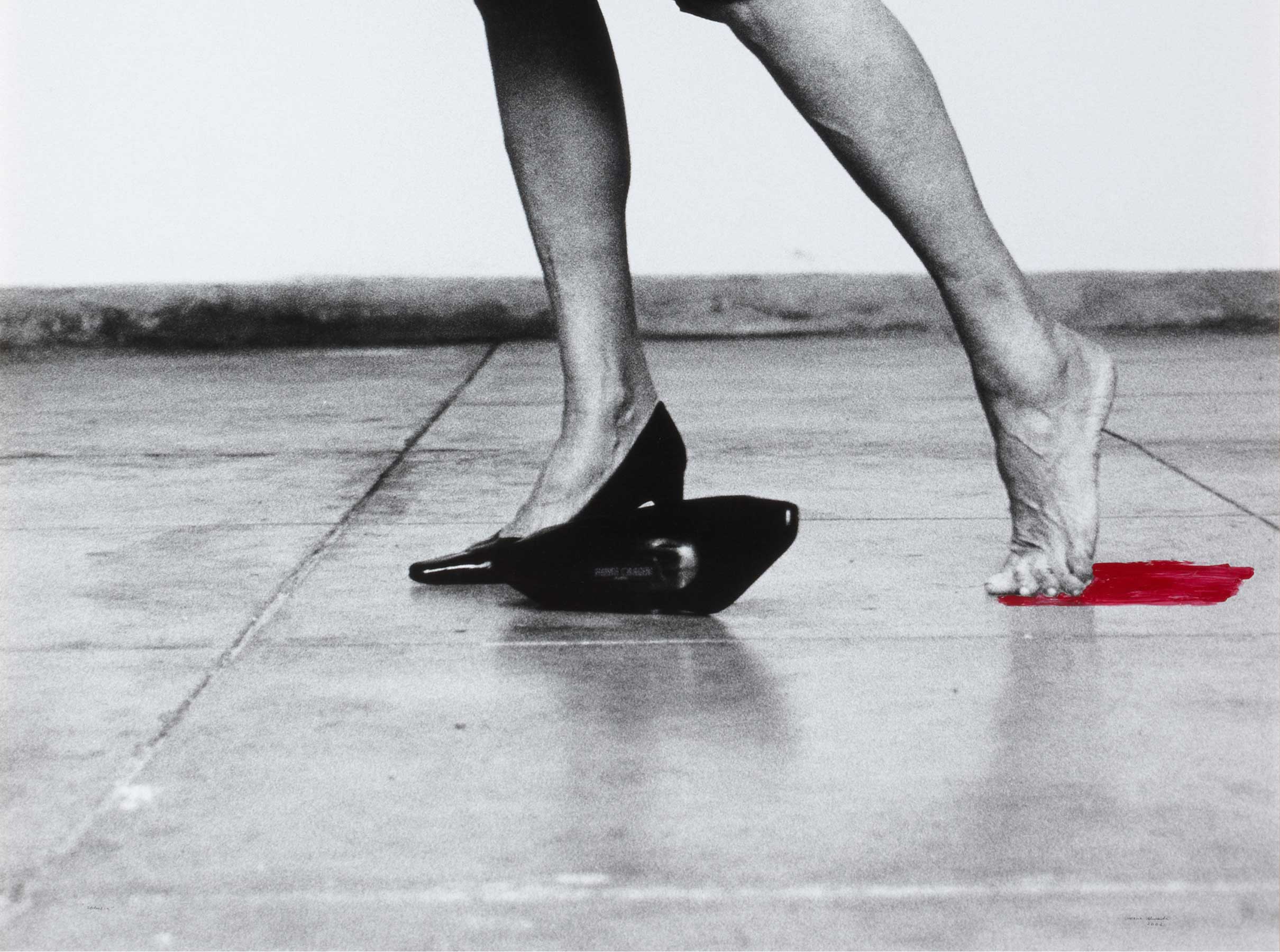Descanso en la huída a Egipto [Rest on the Flight into Egypt]
- 1735-1738
- Terracotta relief
- 55,5 x 46 cm
- Cat. E_61
- Acquired in 1982
The Banco de España collection has two terracotta reliefs by Giovanni Maria Morlaiter. Historian Francesco Sorce records that Morlaiter used to make the preliminary models for his works in terracotta. It therefore seems likely that these two pieces were the models for the reliefs in the Chapel of our Lady of the Rosary (Basilica of Santi Giovanni e Paolo), which occupied much of the artist's time throughout the 1730s.
The Dominican Friars commissioned the most prominent sculptors working in Venice at the time to decorate the presbytery of the chapel.
As well as the final pieces in Venice, several versions of the two themes are now housed in other collections. The Metropolitan Museum of New York has a terracotta of similar dimensions, depicting the same scene of the Flight Into Egypt, although the example in the Banco de España Collection is technically more emphatic and energetic, the movement of the figures is better resolved and there is greater contrast between light and shadow. Sorce sees the clear influence of Sebastiano Ricci's painting on the style and iconography of both of the gospel themes, with clear parallels between Jesus Among the Doctors and the painting on the same theme by Ricci in the oratory of the Villa Guarnieri in Tomo (Feltre). He argues that Morlaiter's Rest on the Flight into Egypt combines elements from Ricci's repertoire with others typical of Veronese.
Other works by Giovanni Maria Morlaiter

![Descanso en la huída a Egipto [Rest on the Flight into Egypt]](/f/webca/INF/assets/img/fff.png)